In this episode of The Biz Doc Podcast, Tom Ellsworth dives deep into March Madness, the single-elimination basketball tournament that has driven a large amount of the heightened interest in sports betting in the United States.
Biz Doc begins by investigating the 2018 Supreme Court ruling that significantly reduced restrictions around sports gambling, allowing states to also legalize online betting. The Court decided that the Professional and Amateur Sports Protection Act (PASPA), which effectively prohibited all states besides Nevada from permitting sports gambling, was unconstitutional. It thereby permitted all states to create their own laws around this lucrative (for some) industry.
As a result, sports betting has boomed, with a steady increase each year since 2018.
March Madness, or the NCAA Division I Men’s Tournament, is a basketball elimination tournament comprised of 68 teams that compete in seven rounds for the national championship, which will be held in Glendale, Arizona this year.
Biz Doc breaks down March Madness into three components: Seeds, TV Ratings, and Betting.
Learn the benefits of becoming a Valuetainment Member and subscribe today!
1. Seeds Matter – The Data
Over the roughly forty years of March Madness’ existence, 76.9 percent of the championships have come from the first two seeds, containing four each.
The seeding usually gets it right, in terms of who will lead to the championship.
There has been one champion in the 6th seed. But if you don’t have some in the first four seeds, you are highly likely to be out of luck.
Biz Doc also rounded up data on the number of appearances of the different seeds in the final four, champ game, and championship. Even just on who gets to participate, we can see how stacked the odds are against the lower seeds.
The win-loss ratio of a team does not matter as much as which seed it is in: the data speaks for itself.
How about only for the first round?
How about this year?
2. TV Ratings
This chart shows the millions of people who have watched the televised national championship. Viewership has only declined since 1995 on a trend line. But this doesn’t matter, because the advertisers are still happy: live sports are still only available on paid streaming services, meaning the ads will be played and cannot be skipped!
These are the top games in the history of the NCAA. The number one spot was when cable had us all locked into just a few options. The Magic Johnson versus Larry Bird game was one of the biggest of all time, regardless of league.
Now look at the Women’s NCAA championship. What’s with the spike in 2023? Two words: Caitlin Clark. Everyone wanted to see her play.
3. Wanna Bet?
About $2.7 billion will be bet on NCAA men’s and women’s basketball tournaments via legal sports books, according to an estimate made by the American Gaming Association (AGA).
Look at the map: as of March 11th, 38 states and the District of Columbia have legalized sports betting. Online betting sites are available in these places.
The AGA released more stats on March Madness betting:
- A record 68M Americans wagered $15B on March Madness in 2023.
- Massive jump vs. 2022 when 45M wagered $3.1B
- 25% of American adults bet on the NCAA Tournament.
- 75% said 2023 was their first-time betting on March Madness.
- 31 million bettors placed traditional bets online, at a sportsbook or with a bookie.
- 5 million bet casually with friends.
- 3 million participated in a bracket contest.
Hopefully this gives you something interesting to bring up in your next March Madness discussion!
Tune in on Friday to watch the Biz Doc’s next case study, and subscribe to his YouTube channel so you will be notified when he drops future videos.
 Shane Devine is a writer covering politics, business, and culture for Valuetainment. Follow Shane’s work here.
Shane Devine is a writer covering politics, business, and culture for Valuetainment. Follow Shane’s work here.

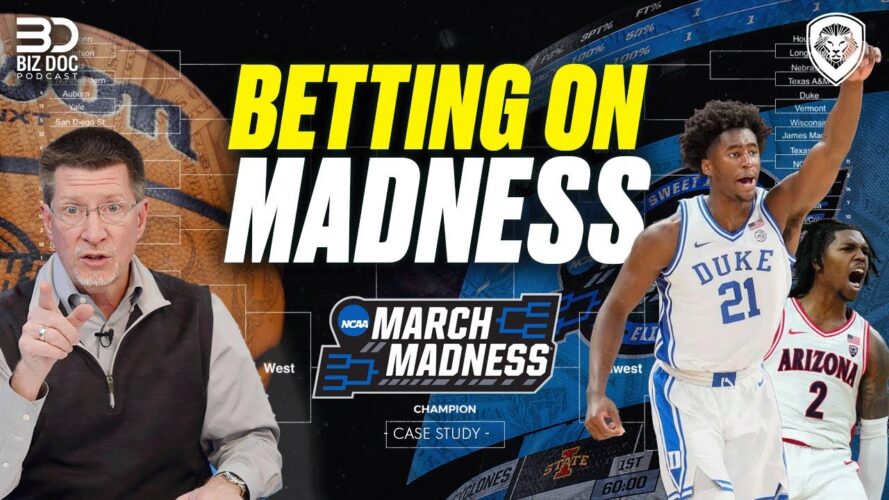
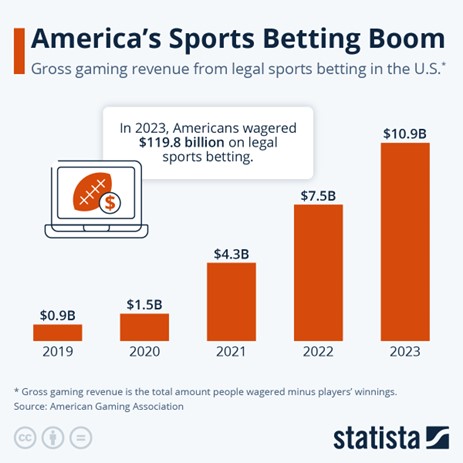
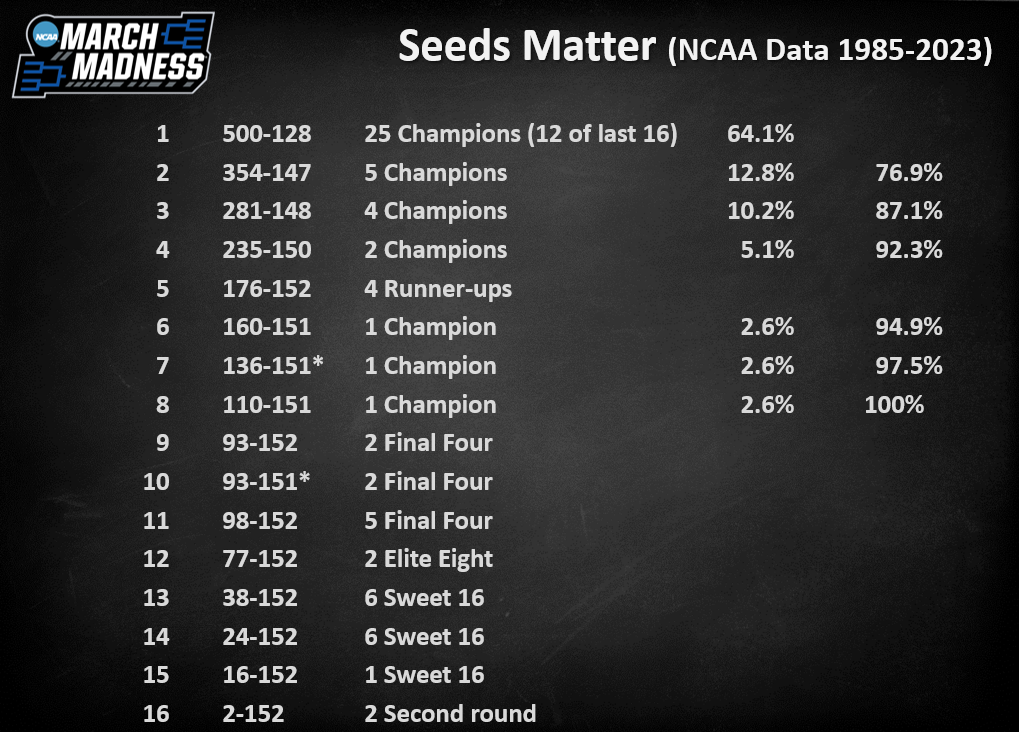

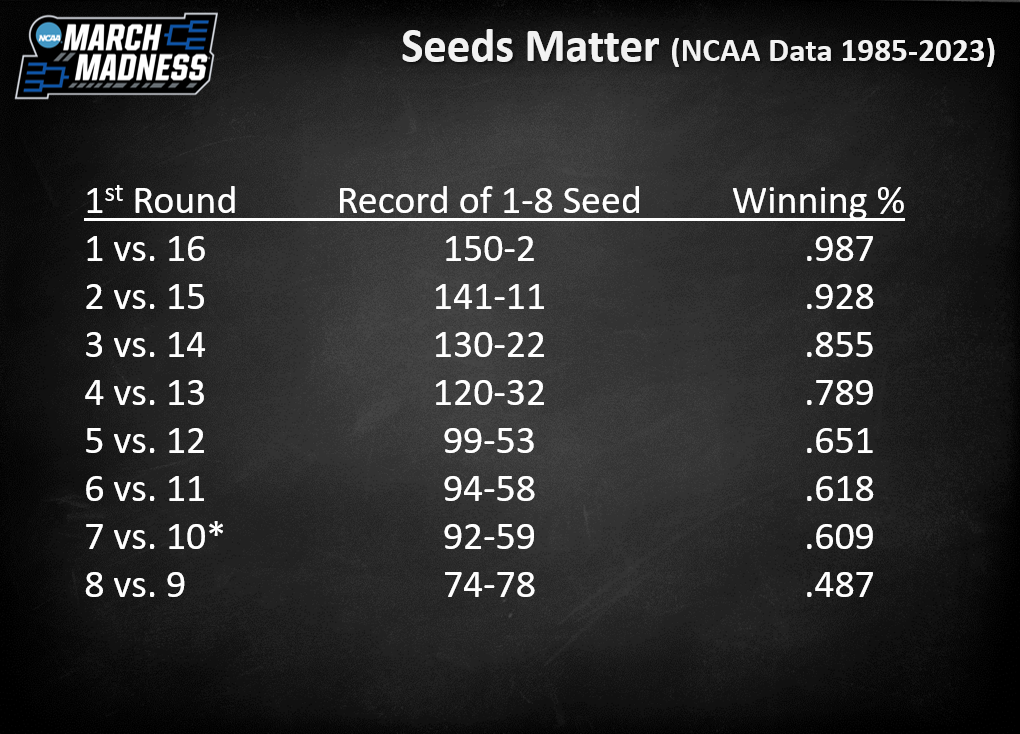
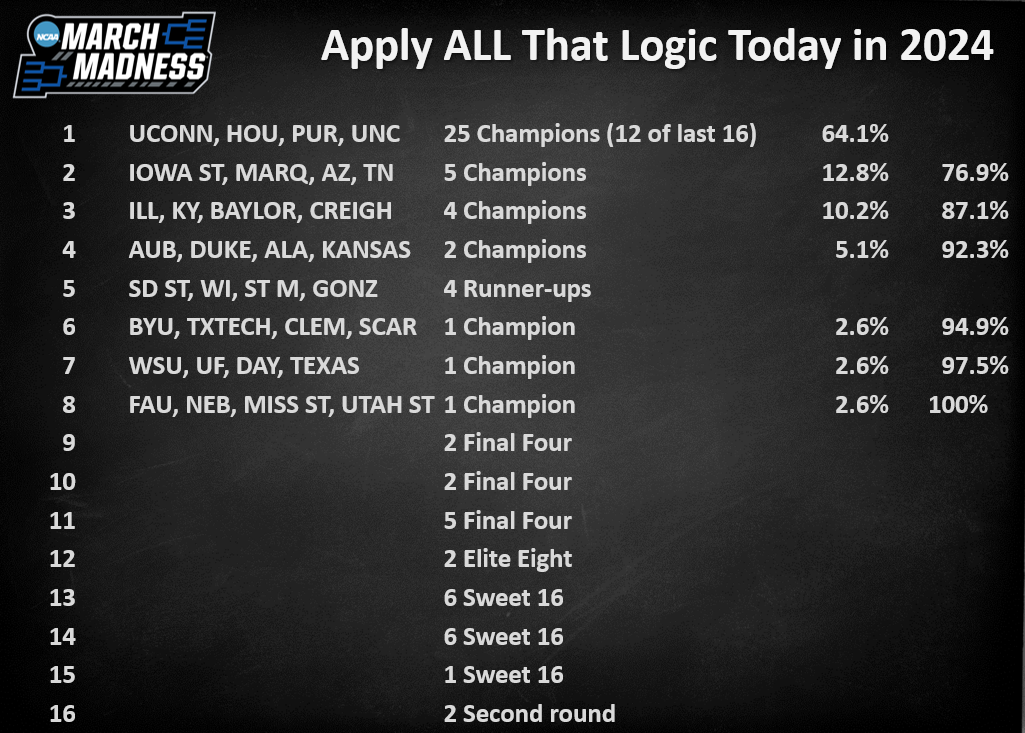
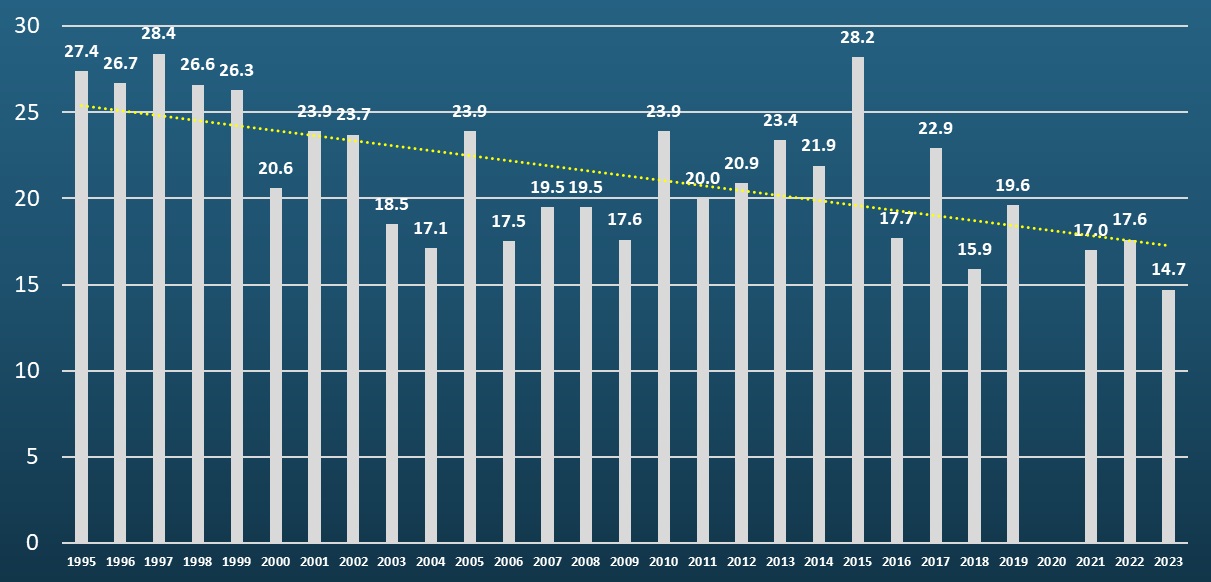
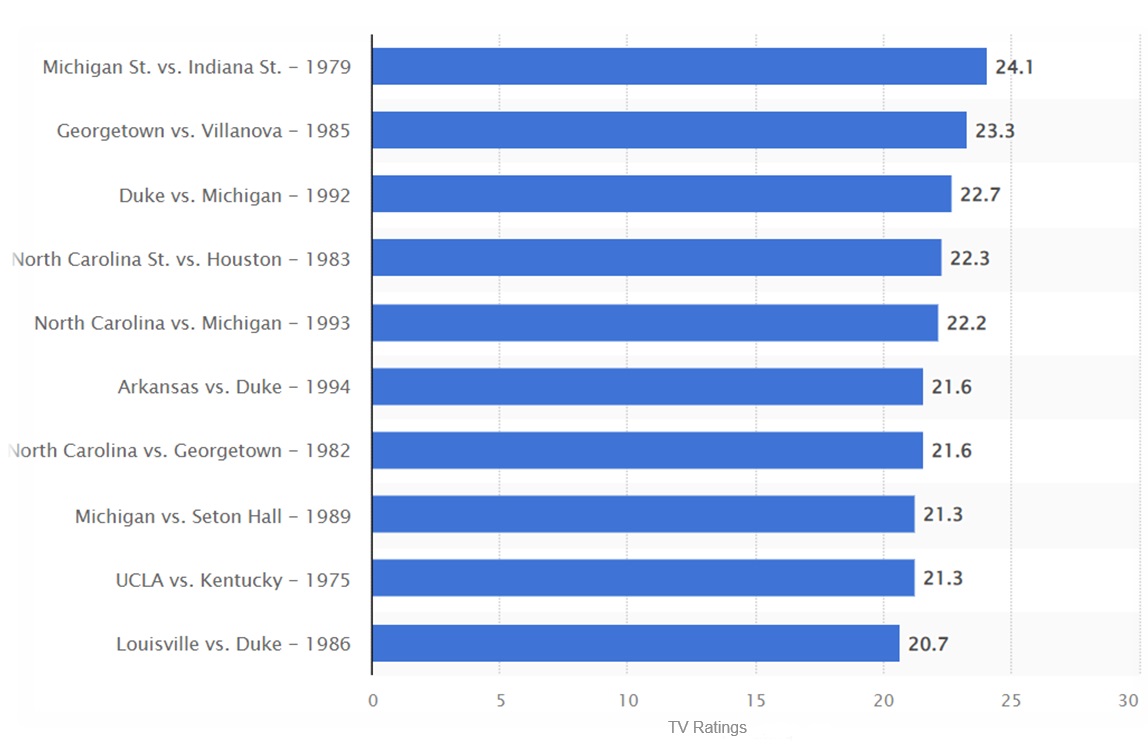
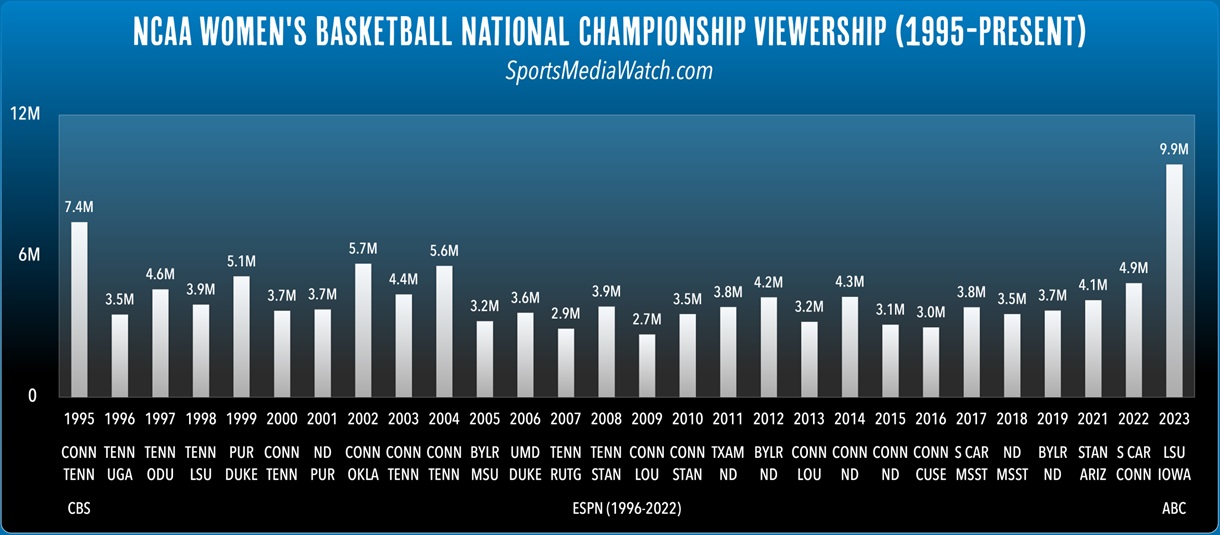
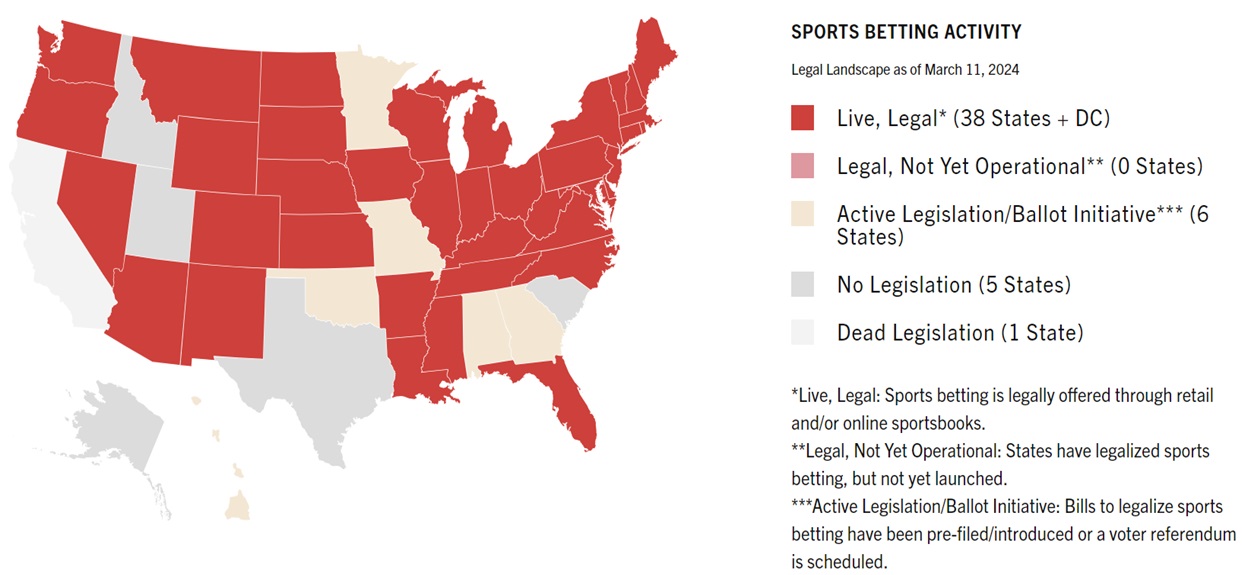





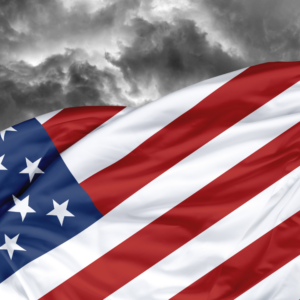










Add comment